These days, consumers have become accustomed to having every convenience at their fingertips - literally. They can order groceries, schedule a dog walker, even book a vacation, all from anywhere they roam.
Equally, the same conveniences are available and expected when banking. With online banking growing in popularity, it’s more important than ever to find a way to connect with and provide appropriate services for your customers - brick and mortar branches are no longer the be-all, end-all when it comes to banking. So is the virtual branch the next step?
Brick and mortar branches are limiting your reach
While the neighborhood branch has long been the cornerstone of retail banking, the growing popularity of online banking is changing customers’ relationships with brick and mortar branches. The branch is no longer relevant or even necessary to most customers. In fact, the continued exodus of physical bank branches is one of our predictions for 2018.
Given this climate, focusing resources on expensive brick and mortar branches is doing your bank more harm than good. Brick and mortar locations significantly reduce your reach, geographically, demographically, and virtually. By prioritizing physical branches, you’re missing out on potential customers who do not live or work near a branch, those who can't (or won't) make it out to a branch, and those who simply prefer to handle their banking needs online.
A virtual branch gives customers what they want
When we see that more than half of people visit a physical bank location no more than once a month, it's pretty clear that customers are not overly invested in, or enthusiastic about their branches. A growing majority of people would prefer not to have to visit a bank branch at all.
According to the Canadian Bankers Association, 55% of Canadians are doing most of their banking online, and 31% of Canadians are using their smartphones to check balances, move money, pay bills and deposit checks. This is up from just 5% in 2010. The younger population has an even stronger affiliation to online and mobile banking then their elders, as nearly 70% of millennials use mobile banking. This is only the tipping point to escalating demand and consumption of mobile banking.
Stay Current on the Future of Virtual Branch
What is a virtual branch & what is virtualized?
A virtual branch enables your branch employees to deliver branch services to your customers wherever they need. This includes virtual account on-boarding, loan and mortgage applications, deposits, virtual customer service, and even mobile banking.
Virtual branch advisors can meet with customers where and when it is convenient for the customer - whether it's manufacturing shift workers at the plant, nurses during the hospital shift change, or farmers in their fields. This service is especially relevant for millennials. This group - now the largest age cohort in the workforce, and likely the majority of your financial institution’s customer base - are not interested in visiting a brick and mortar bank branch, preferring to have on-the- go access to banking 24/7.
Scale service without adding costs
It costs between 1.5 and 2.5 million dollars to open a bank branch, and $400,000 a year to maintain one. A virtual branch allows you to scale service while at the same time reducing overhead. Not being tied to brick and mortar branches means you can use the employees you already have more efficiently. Instead of having to staff multiple branches with financial experts, a virtual branch allows you to reach more customers without increasing costs. This is because the virtual branch mobilizes the staff you already have to meet your customers wherever they may be.
Branch employees bring branch services directly to the customer through a tablet or smartphone, streamlining previously tedious and time-consuming transactions, such as customer on-boarding. Instead of convincing potential customers to visit the branch and fill out endless paperwork, the employee goes to the customer to gather information, scan identification into the app, and collect their signature digitally. The entire process is paperless, making it faster, more efficient and more secure - not to mention the money saved in paper, printing, and shredding costs. The efficiency itself is another huge source of cost savings - no more time wasted printing, copying, and scanning forms.
Deliver an omni-channel customer experience
Mobile banking means your customers can access customer self-service banking anytime, anywhere from their own device. Virtual branch banking means that bank employees can provide branch banking services to your customer anywhere through a bank employee’s device.
By combining mobile banking with virtual banking, you’re providing an omni-channel banking experience - a seamless experience for customers who desire to conduct their banking both through mobile and virtual mediums all while keeping their banking information secure.
Omni-channel banking may seem like just another buzzword, but it’s what customers have come to expect today. Traditional brick and mortar branches and face-to- face interactions don’t serve the needs of today’s bank customers. The landscape has evolved and so must your bank branch to keep up with demand.
The future of retail banking won’t be in the traditional bank branch - it will be anywhere and everywhere your customers are. Make sure that you are right there with them, with a virtual branch.





